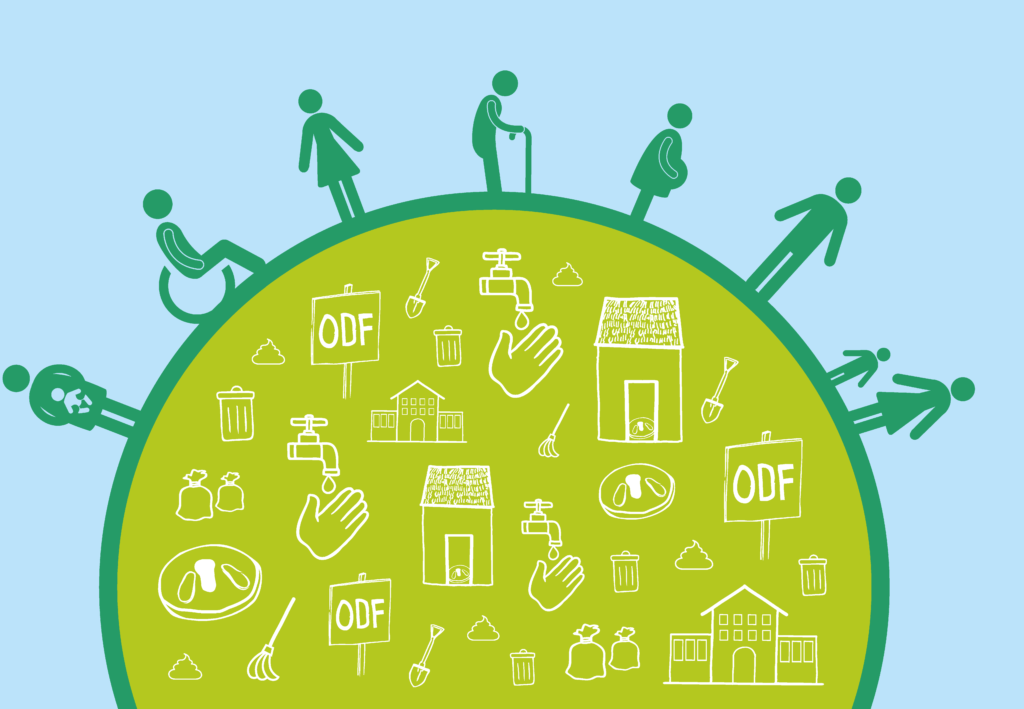Sanitation financing approaches are designed to increase people’s ability to pay for improved sanitation and hygiene (S&H) facilities and services. Evidence suggests that the most basic latrines often fall into disrepair quickly and people either use facilities that do not protect against faecally transmitted infections or revert to open defecation.
Where possible, it is preferable for people to install better quality facilities from the outset. However, whilst richer people can afford to do this, many poorer people cannot without support.
This problem is exacerbated by the fact that the cost of products and services is often higher in remote locations where often people have less access to financial resources, and borrowing is more (and prohibitively) expensive for the poorest.
In challenging contexts, sanitation financing may also be needed to support people to build more specialised and resilient technologies. These approaches also include financing options for masons, suppliers, entrepreneurs and local private sector, whose products and services are essential to support movement up the sanitation ladder.
To be successful, sanitation financing must be well targeted, feasible at scale and leave no one behind. This is so that it reaches all those who need it most and does not distort and potentially undermine collective behaviour change or S&H markets. To ensure that the most vulnerable benefit from sanitation finance, it is essential to support people to understand and access it.
It is also important to consider the longer-term ability of households receiving sanitation financing support to pay for ongoing maintenance of facilities.
Approaches to sanitation financing include community savings, credit groups and revolving funds; loans from micro-finance institutions; flexible payment options; targeted vouchers, hardware and cash; subsidising or supporting transport to remote locations; and acceptance of payment in kind/exchange of goods or services.
Funding modalities such as Payment by Results or Output Based Aid can also be used to influence and incentivise programmes’ focus. As with other approaches, sanitation financing must be tailored to specific contexts and combined with approaches that seek to support supply and demand, such as community-led approaches and market-based approaches.







